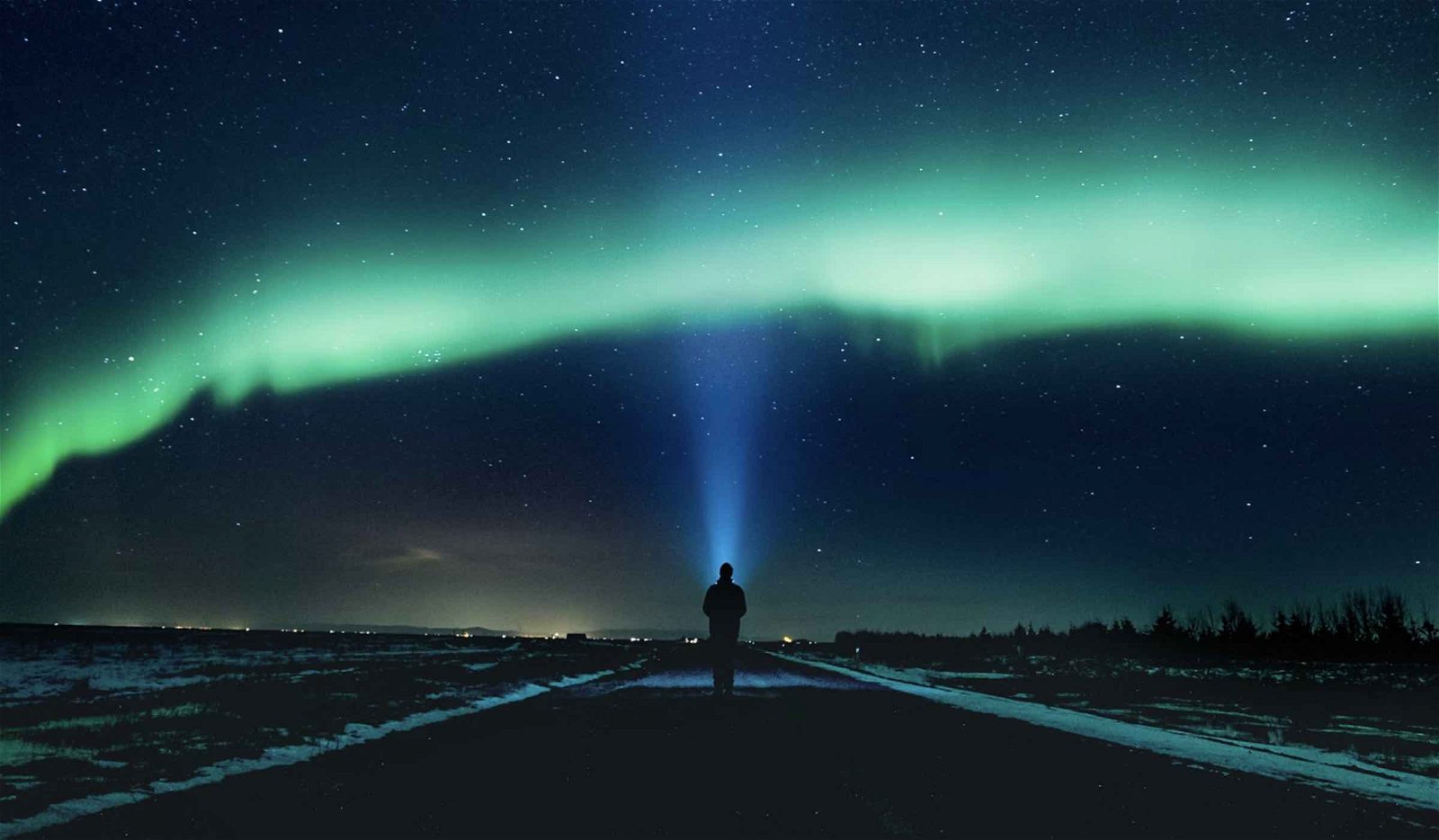A severe geomagnetic storm is expected to occur over the weekend, which space weather experts say will likely begin as early as Friday evening and potentially result in displays of the northern lights.
An alert issued by the National Oceanic and Atmospheric Administration’s (NOAA) Space Weather Prediction Center (SWPC) said the storm’s effects were likely to persist throughout the weekend. The storm could potentially cause some interference to Earth-based power and communications systems, although it would mostly affect spacecraft and other orbital technologies.
“Critical infrastructure operators have been notified,” read a statement on NOAA’s website on Friday, identifying this weekend’s storm as a Severe (G4) geomagnetic storm.
Along with possible interruption to the normal operations of some communication and power systems, the storm is expected to create auroral displays that may be visible further south than observers are normally able to view.
G4 conditions have been observed… pic.twitter.com/uWZC96N9F1
— NOAA Space Weather Prediction Center (@NWSSWPC) May 10, 2024
To date, only three G4 storms have occurred during the present solar cycle, which began in 2019, with a less severe storm occurring in March of this year. An Extreme (G5) event has not occurred since 2003, and the current storm marks the first G4 watch the SWPC has undertaken in almost two decades.
During the last G5 event, power outages were reported in several parts of the world, including South Africa and Sweden.
Although less severe by comparison, the SWPC called this weekend’s storm “an unusual event” and noted that several flares of significant magnitude had been observed over the last several days. The flares were associated with NOAA region 3664, a complex sunspot cluster nearly 16 times the size of Earth, the agency reported on Thursday.
Although the threat potential is minimal, NOAA has advised that the public remain informed about the potential for technological effects that could impact infrastructure similar to the event in 2003, which may include an “increased possibility of anomalies or effects to satellite operations,” with additional “frequent and longer periods of GPS degradation possible.”
Observers as far south as Georgia and Alabama may also be able to catch a rare glimpse of auroras produced during geomagnetic storms. The best viewing opportunities are in extremely dark locations far away from areas where city lights can affect an observer’s ability to see the night sky.
Although some auroral appearances may be virtually invisible to the human eye, the sensitivity of most smartphone cameras may be able to capture them, and observers in clear sky locations who aren’t able to observe auroras directly may wish to try taking photos to see if the faint, yet colorful displays may be visible.
Additional updates on this weekend’s geomagnetic storm can be found at the website of NOAA’s Space Weather Prediction Center.
Micah Hanks is the Editor-in-Chief and Co-Founder of The Debrief. He can be reached by email at micah@thedebrief.org. Follow his work at micahhanks.com and on X: @MicahHanks.

